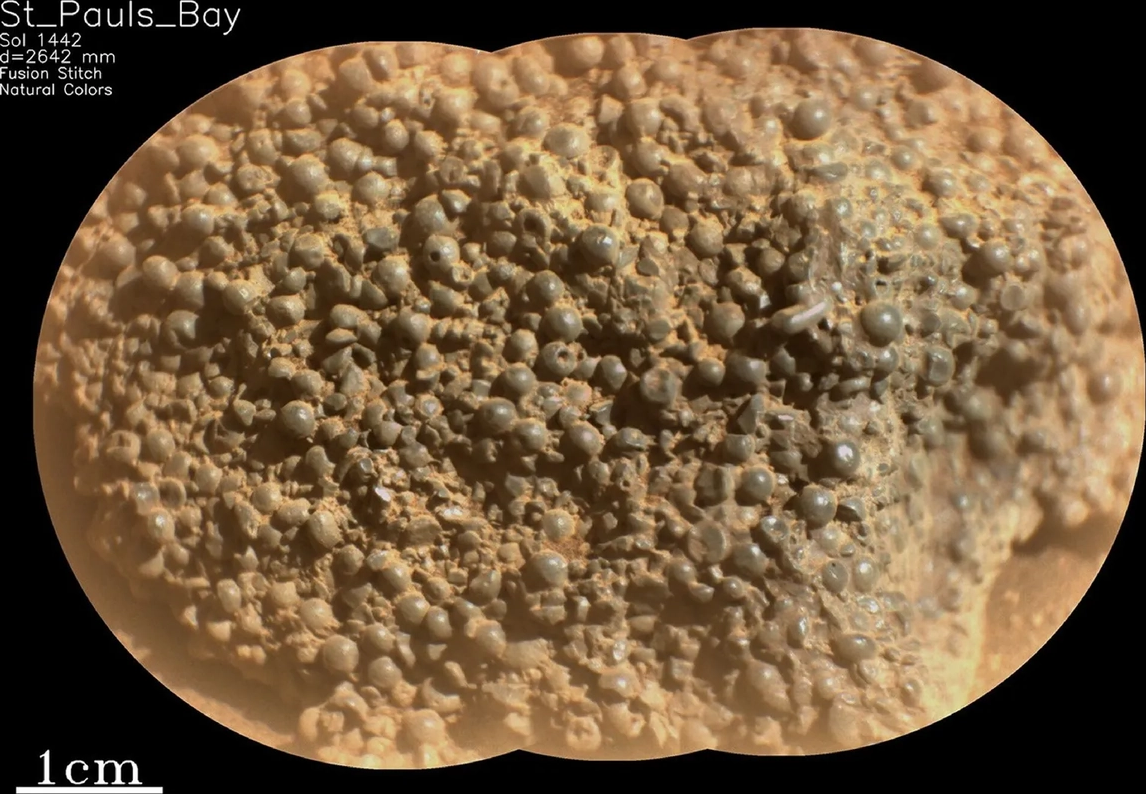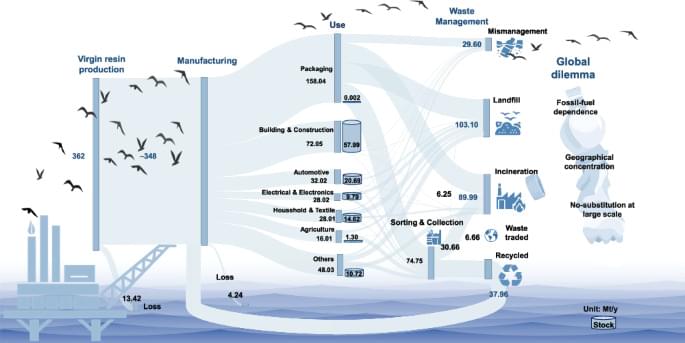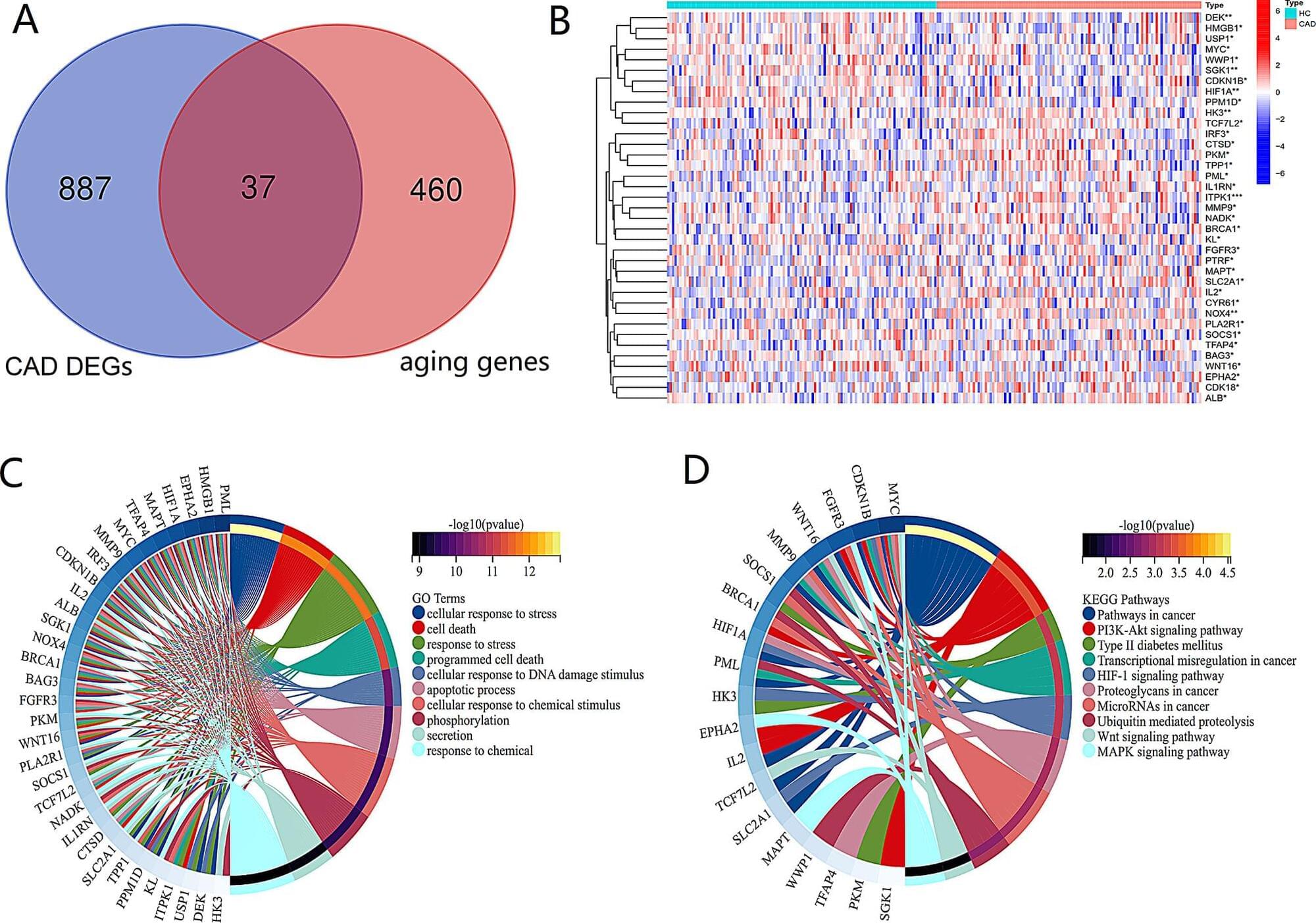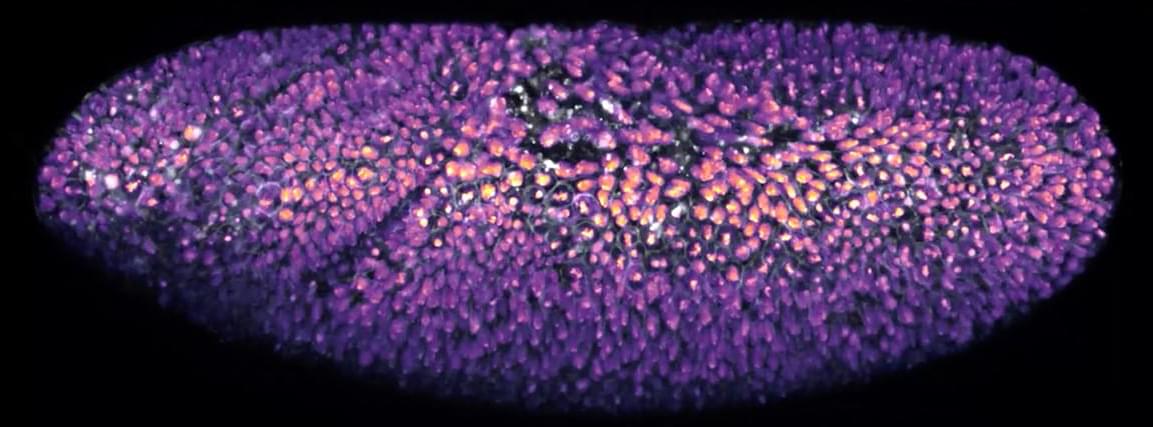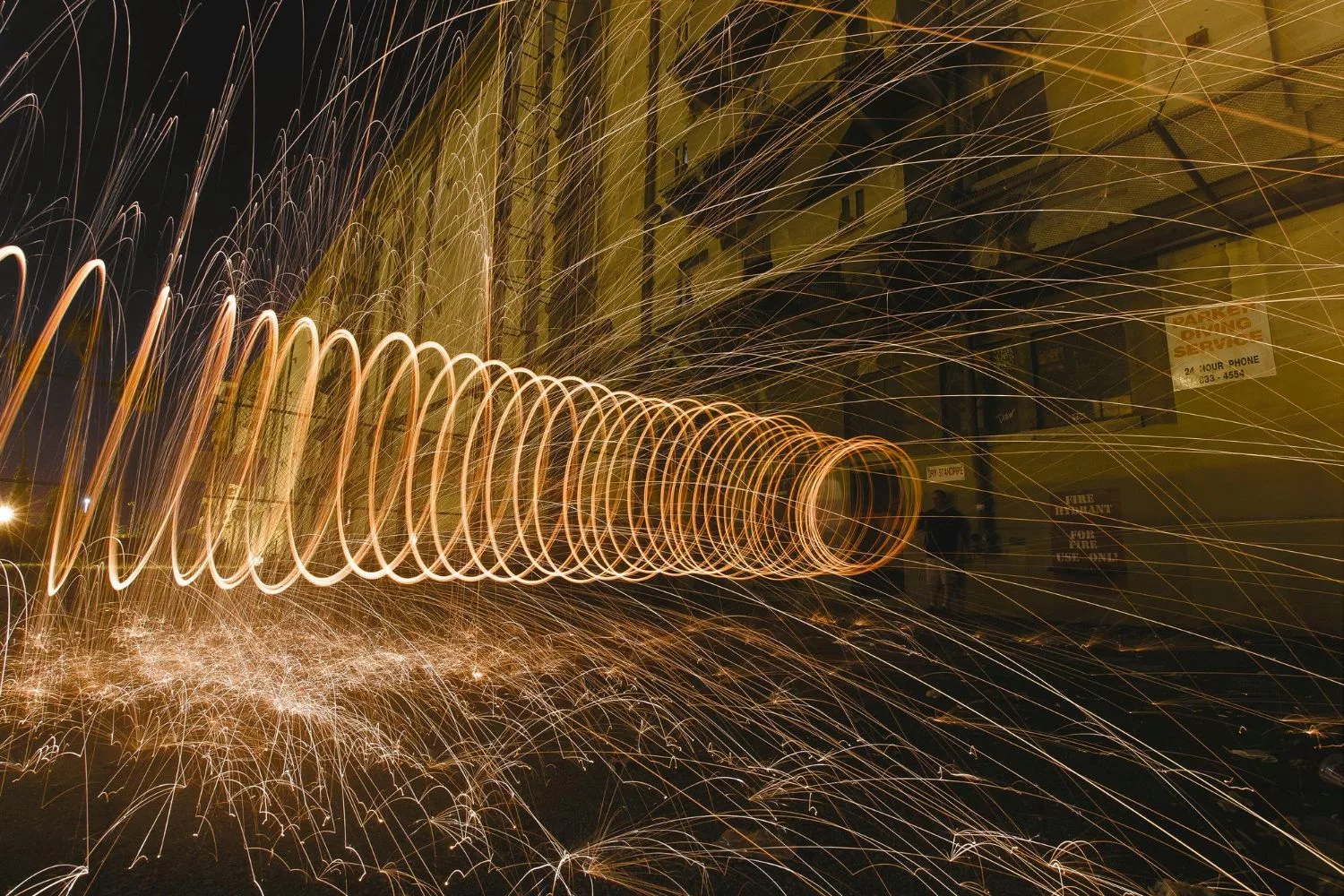There are two ways of dealing with this public health problem. One is to devise a comprehensive strategy to combat social inequality that will prevent disease before it happens. Another way is to develop a pill that treats the wear and tear of stress and toxins on the body.
Believe it or not, there are experiments on such pills underway.
Candidates include dasatinib, quercetin, metformin, rapamycin and fisetin among many others. These drugs may slow or even reverse aging in anyone, but they hold the greatest promise for improving America’s health because they disproportionately help the disadvantaged. This population bears the greatest burden of disease by far, so even small health gains in this population can go a long way.
Americans would much prefer a pill or a vaccine over a contentious policy battle.


